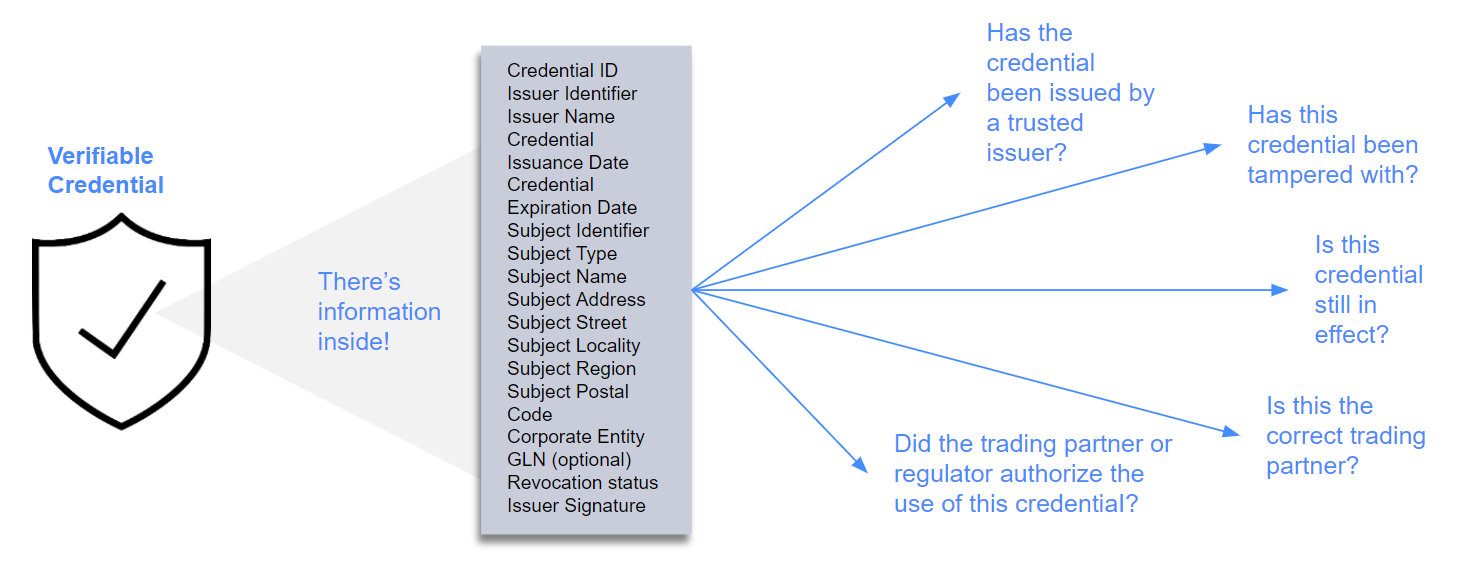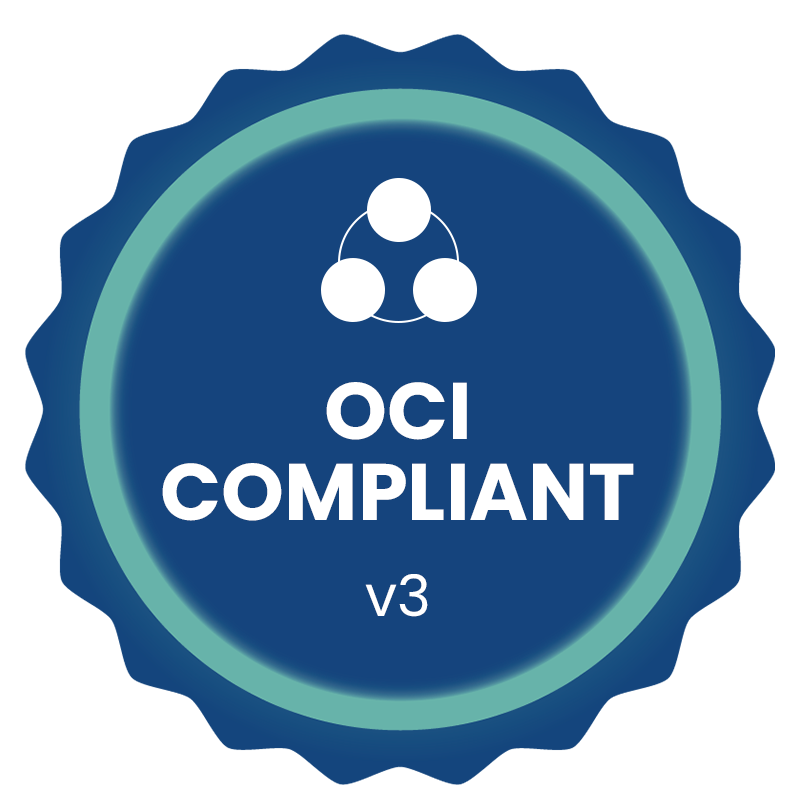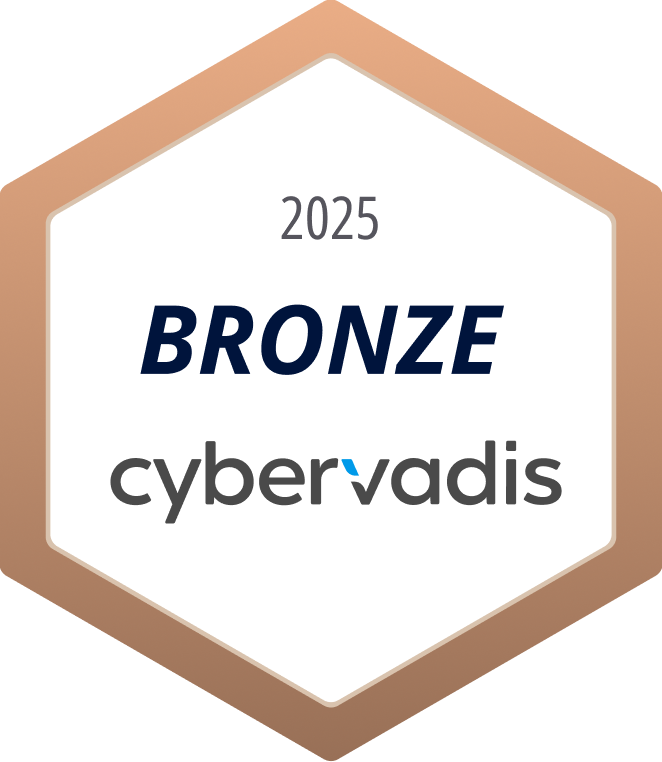This series originally ran in the LedgerDomain newsletter. Don't miss out on industry updates and insights – subscribe below:
Many of you have asked “how do I know for sure if a request really came from a licensed ATP or regulatory authority?” Today we’re going to take a close look at DSCSA credentialing, how it tightens up verification and tracing, and how easy it is for you to get yours.
Part 2: Credentialing on the EDDS Network
Under the DSCSA, pharmaceutical supply chain stakeholders are required to exchange product compliance information, including drug verification and tracing data. These exchanges often take place between “indirect” trading partners with no prior business relationship and varying levels of sophistication, as well as between trading partners and state and federal authorities.
As outlined in the PDG Blueprint, enhanced drug distribution security (EDDS) is a system of systems that together form the interoperable, electronic system required by the DSCSA. These include the Verification Router Service (VRS) and the PDG tracing specification. Both use OCI-compliant verifiable credentials as digital passports that allow everyone on these systems to know who is on the other side of a DSCSA compliance request.
Recognized by the FDA public-private partnership, OCI-compliant ATP and Authority credentials are built on open interoperable standards. LedgerDomain’s XATP Credentials have been validated by an independent conformance audit and are supporting verification and tracing today.

Each time you use your credential, it generates a “verifiable presentation” that acts like a signature. To fully unpack and verify one of these signatures, you need to have your own digital wallet with ATP credential.
Getting your credential is relatively straightforward and mostly involves gathering some paperwork to validate your corporate identity. Once your documents are ready, you can usually get your credential and hook it up to your provider(s) of choice in a day or two. With the DSCSA compliance deadline coming up next month, get your credential set up today or schedule a demo with our team.
DSCSA Action Items
1. Check Your Policies & Procedures. Be sure your P&Ps provide coverage on the 6 areas of DSCSA compliance identified by the Board’s State of DSCSA report. Our example SOPs provide a solid grounding for ATP validation, trace, and verification.
2. Electronic Interoperability. Ask your solution provider about “secure, electronic” methods for ATP validation and tracing. Some providers make it easy for you to find the source data, but may not provide a PDG-compliant method to send, receive, and validate trace messages. The DSCSA requires “interoperable, electronic tracing” among ATPs, and ATP credentials are the only available method that meets all three elements of the law.
3. Get Your XATP Credential. Only LedgerDomain’s XATP Credential supports the trace workflows critical to achieving compliance out of the box. Get your credential set up or schedule a demo.



